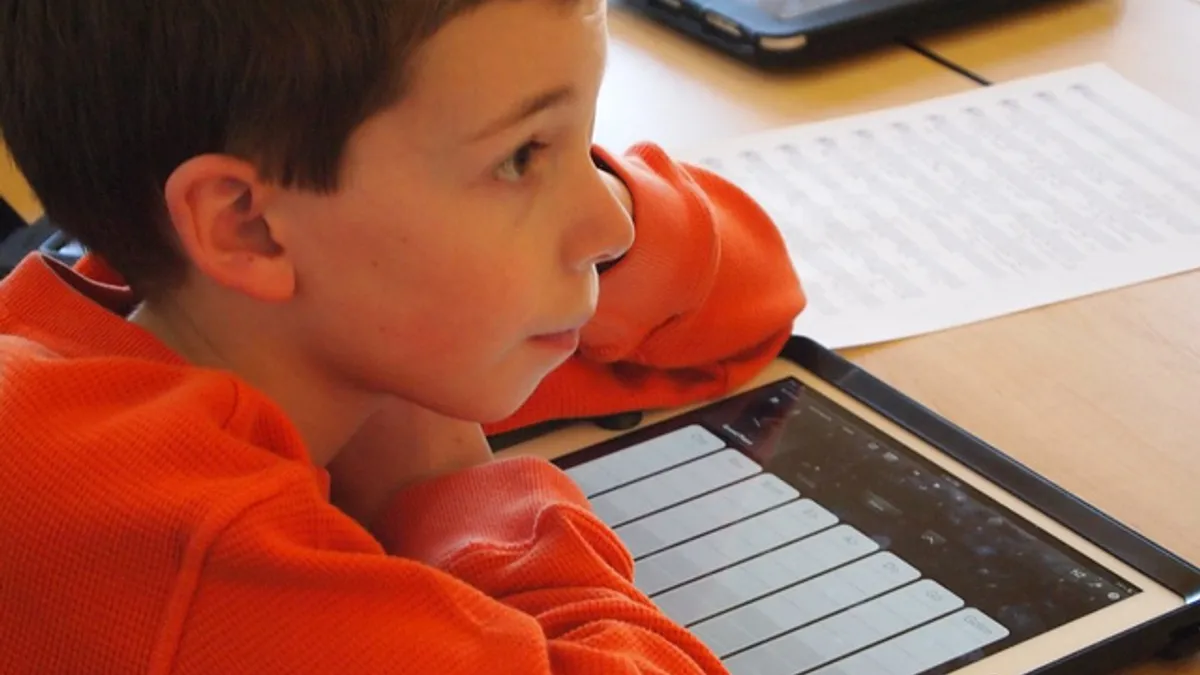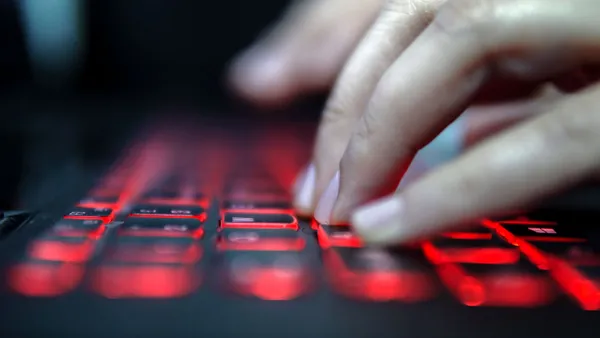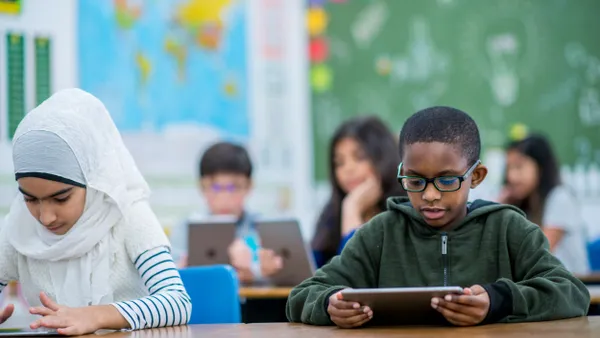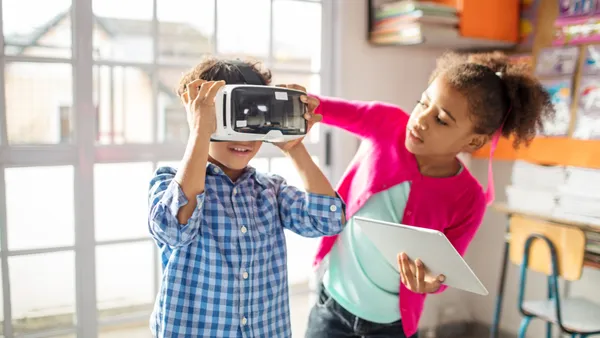This year marked the beginning of the Los Angeles Unified School District's massive $1-billion iPad deployment. Putting one of the Apple devices in the hands of all 640,000 of its students is an ambitious move by the nation's second-largest school district—perhaps even too ambitious for the seemingly short time frame in which it was launched.
The rollout only began less than three months ago, but the program has already hit a few notable, and very visible, speed bumps. Still, these bumps in the road are useful for any other districts planning a 1:1 device initiative. Here are four things every district can learn from the nation's largest iPad deployment:
1. MASSIVE DEVICE DEPLOYMENTS TAKE TIME
A handful of Los Angeles schools began issuing the first 31,000 iPads in 49 of its 1,124 schools this fall. That's a drop in the bucket when you consider that all 640,000 devices are meant to be deployed by the end of 2014, just a little more than a year from now. Some may wonder why all of the iPads couldn't be deployed at once, but this initial phase likely made initial hiccups (more on those in a minute) easier to deal with.
2. PLAN FOR WIFI UPGRADES AND CONSIDER ACCESSORIES
Around half of the $1-billion budget for the iPads is expected to be spent on installing WiFi throughout the district. If you're planning a rollout—especially in schools with less-than-stellar funding—this is a critical detail to take into consideration.
Beyond those infrastructure needs, though, there are the unforeseen accessory needs. Namely, iPads don't have keyboards, and keyboards are recommended for the state's new standardized tests. Older students also have to write papers. The price tag to supply a keyboard for every student in the district? Over $38 million at retail.
This almost certainly raises the question of whether cheaper laptops would have been a better decision.
3. STUDENTS ARE SMARTER THAN YOU THINK
Late in September, 300 students at Roosevelt High School made headlines when they figured out how to bypass their iPads' security measures by deleting their personal profiles. This allowed them to surf the Web and visit previously blocked sites like Facebook and YouTube. As a result, students at Roosevelt, Westchester and Angelou high schools were asked to turn their iPads in until the district arrives at a solution. This will likely involve a new security application, and an additional measure that would only allow students to access Pearson course materials while at home has also been discussed. A security fix from Apple, however, likely won't be available until December.
4. SOMEONE NEEDS TO BE RESPONSIBLE FOR LOST, DAMAGED OR STOLEN DEVICES
Even more confusion has risen regarding who pays for the $700 devices if students lose or damage them, or fall victim to theft. Early reports said Apple would cover the costs, though the district's contract with the tech giant reportedly only covers replacements up to 5% of the contract's value. At least one form sent to parents placed financial responsibility for replacements squarely on their shoulders—a move that might be tough to swallow in some of the district's poorer schools. Officials say they don't know if that's the uniform response, or if it should be, but it's probably one of the first things to take into consideration when planning a massive rollout of such a high-end device.
Would you like to see more education news like this in your inbox on a daily basis? Subscribe to our Education Dive email newsletter! You may also want to read Education Dive's look at 10 popular MOOC instructors with brilliant Twitter accounts.













